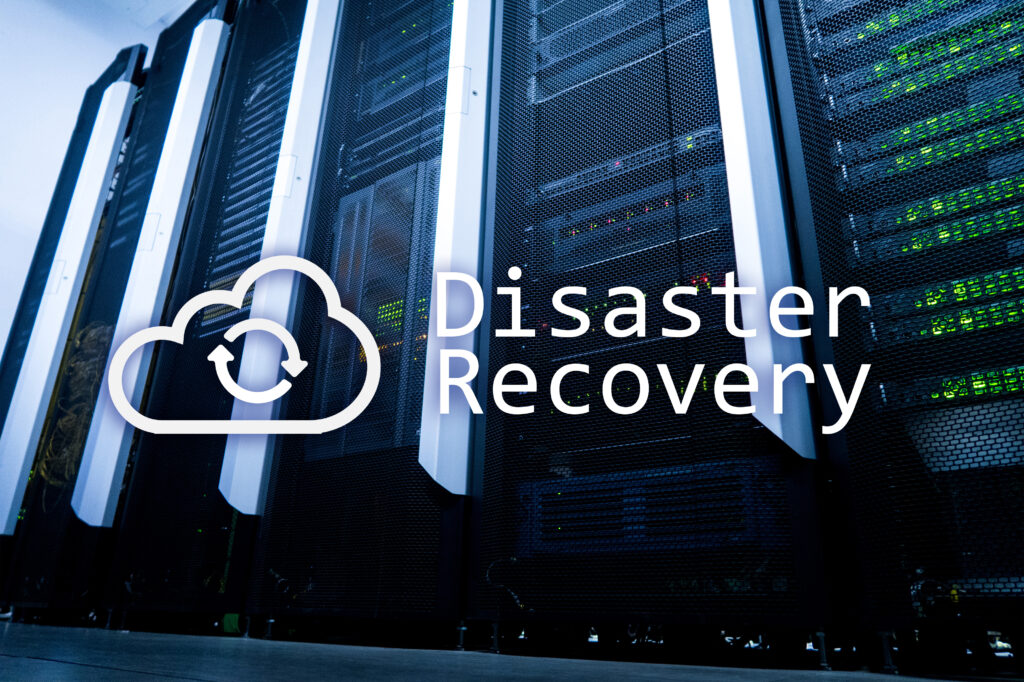For an organization or business, nothing is more important than data, making it one of the most valuable assets. Storing data in the cloud is always a good option to safeguard crucial information but what if a data breach occurs? Maybe, the system gets hacked, and then what could be the foremost solution? This is where cloud computing’s disaster recovery comes into play. Though it is next to impossible to guess when disaster recovery would be needed, you can always keep control of the recovery process if not during the disaster.
Implementation of Disaster Recovery
Implementation of disaster recovery on public cloud, private cloud, or hybrid cloud can be done in multiple ways. To name a few, having a backup system that is robust help, and also the deployment of servers in various regions to avoid the effects of a huge disaster in a single place could be one of the solutions. While using clouds for disaster recovery, the user need not maintain a backup of data on physical drives and devices. Due to the distributed nature of the cloud environment, services can be assigned to different servers deployed across numerous areas, protecting the data from regional natural disasters.
Further, the added benefit of using cloud disaster recovery is that many of the responsibilities are on the cloud service provider. It is the cloud compute service provider who mainly handles the functioning of the entire cloud infrastructure which offloads the burden from the customer. Recovering from certain cyber disasters can surely burn your pocket but with cloud disaster recovery this seems nowhere on the card as it is quite affordable in comparison to the traditional methods of disaster recovery. With the cloud, you only pay for the services utilized.
Now that you know the benefits of cloud disaster recovery, it’s important to understand certain threats and measures to avoid and tackle them through the cloud. Keep reading to know more.
Hacking
- Enforcing the multi-factor method of authentication enhances security by providing access to data to only authorized people
- Analyzation of data, users, and services to detect any abnormal pattern which could be a threat to security. After that, further implementation of response plans for incidents
- Ensuring that the service provider is complying with the security standards like the GDRP, FERPA, and HIPAA to track your data, its utilization, and access to people.
Data Breach
- Enforcement of policies and security standards irrespective of the end-user or source network
- Depending on the data analysis and machine learning taking proactive and retroactive actions
- Administration of encryption in the cloud environment which is as per the standards of the organization
Malware
- Using firewall-as-a-service for monitoring and safeguarding the network being used. Without network protection, your data can be under the threat of malware.
- Regular updates in the cloud to fill in the loopholes which could be bait for different cyberattacks and malware. Consistent updates reduce the chances of a malware attack
DDoS
- A cloud environment saves your servers from these attacks by consistent monitoring and immediate dispersing
- Specific cloud based DDoS protections can be added to the mitigation strategy
How is cloud computing security different from traditional security?
With cloud-based environments making their way into the industry, traditional systems of security have witnessed a drastic evolution. Though the environments based on the cloud are more convenient, their dynamics need better considerations for security purposes. Here’s how cloud security stands out from the traditional methods of security:
- Reduced costs of developing and keeping up the systems while taking away access from unauthorized people
- Cloud-based infrastructure offers modularization and swift mobility
- Maintaining access permissions from the level of software to end-user
Wrapping up
If you are an individual, a business, or an SMB user of the cloud, make sure that you use is secure network. Deploy the relevant measures and monitor the trends accordingly for hassle-free functioning of the cloud environment.



